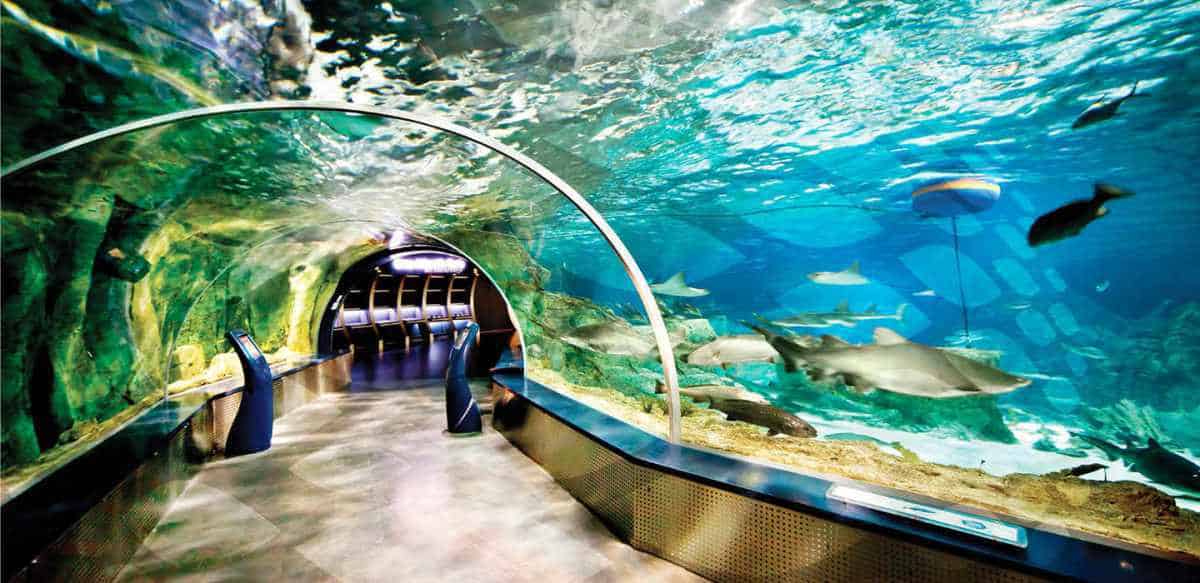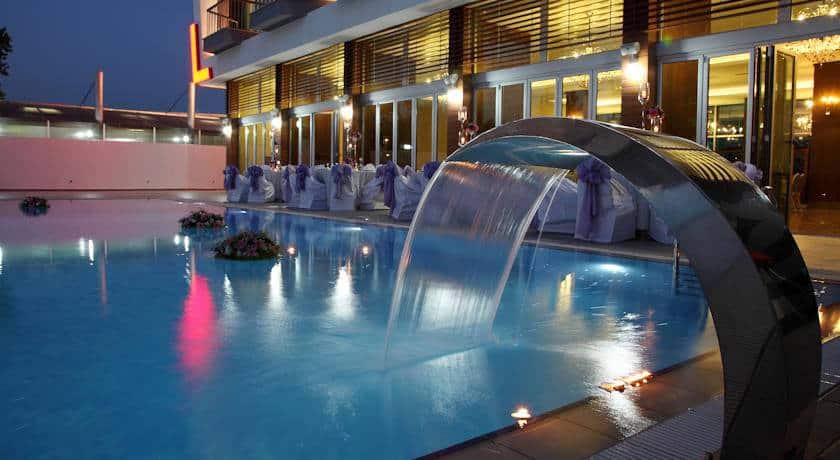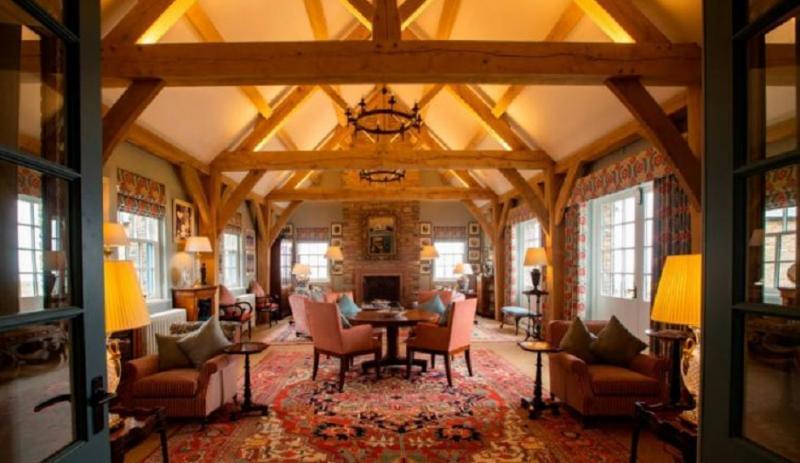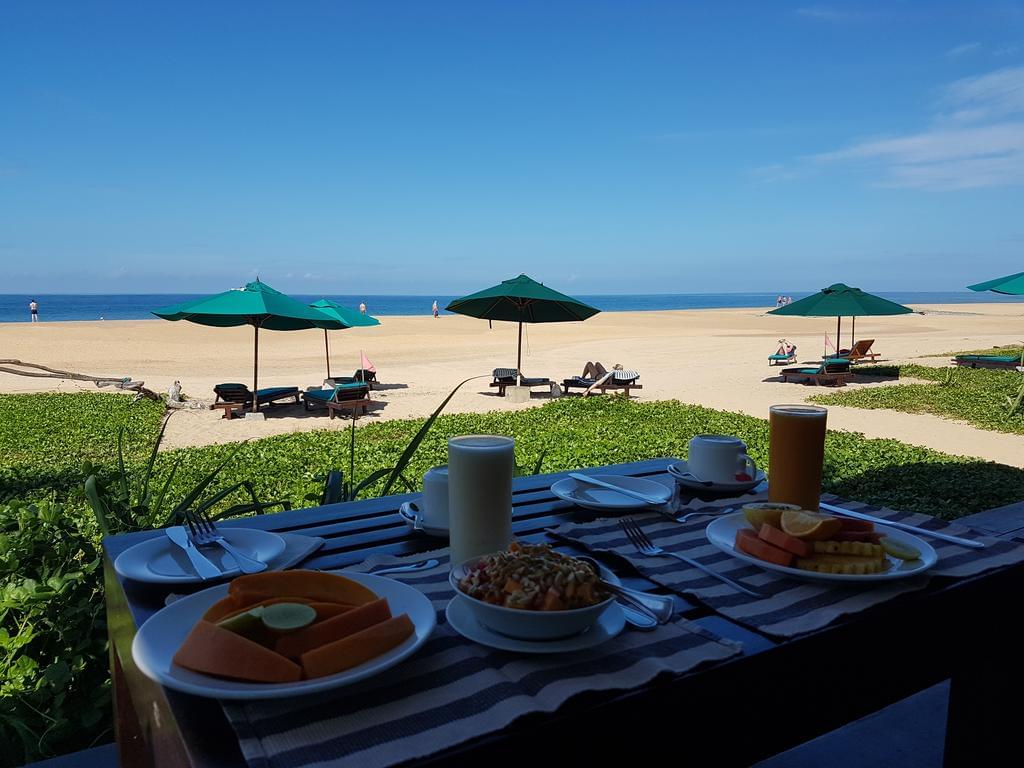Table of Contents
Al-Jouf Region
Al-Jouf region is one of the regions located in the northwestern part of the Kingdom of Saudi Arabia, and it extends between Makkah, Madinah, and the region between Hadramout and Najran, bordered by the region of Hail and Tabuk from the south, and the northern border region to the north and east, and the Hashemite Kingdom of Jordan to the north and west, and reaches Its area is about 107.794 km2, or approximately 4.9% of the total area of the Kingdom of Saudi Arabia. Its population in the year 2010 was about 440.009 people. The region includes two provinces: Douma and Qurayyat.
Climate of Al-Jouf Region
The climate of Al-Jouf region is characterized as a continental desert; hot and dry in the summer, and cold in the winter, the average temperature in the summer is about 30 degrees Celsius, and the average winter temperature is about 8.5 degrees Celsius.
What is the area of Al-Jouf known for?
- It is famous for cultivating olive trees, as the region contains about 12 million olive trees, and olive oil produced from the Al-Jouf region is considered one of the finest types of oil, and it holds the European Quality Award, and every year the olive festival is held in Al-Jouf, and there is also in the Al-Jouf region About a million palm trees.
- It is known for its folklore, Samaritan youth dance, and hybrid songs.
- It is famous for the popular dress known as the garment of Mardon, which is a long-sleeved gown with wide hands to wear in celebrations and occasions, and it is famous for wearing the Arab garment decorated with buttons at the chest area, wearing shemagh and ghutra, and in winter the scalp is covered with tanned animal scalp.
- It is famous for its popular cuisine; the most famous of which are: Marqouq, Malihi, Al-Washeq and Al-Mazaziz.
- It is famous for its richness in numerous Nabataean, Thamudic and Islamic inscriptions, drawings and writings.
Al-Jouf Monuments
- Zabal Fort: It was built in the seventh century BC and is the remains of a castle with a destructive style surrounded by several caves, and an old pagan temple.
- Rajael: They are stone columns containing an unknown writing dating back to the fourth century BC.
- Al-Twir Castle: It is a very large rock containing Thamudic writings dating back to the third century BC, and Arabic writings written after Islam.
- Mosque of Omar ibn al-Khattab: Omar bin al-Khattab is said to have built it in the seventeenth year of migration, and the mosque is built of stone and has been restored more than once.
- Mared Castle: Known as the Marid Fort, it is believed to have been built in the second or third millennium BC, and the castle is made up of walls with openings for the purpose of observation, and it contains two towers at a height of 12 meters, and deep mice.








